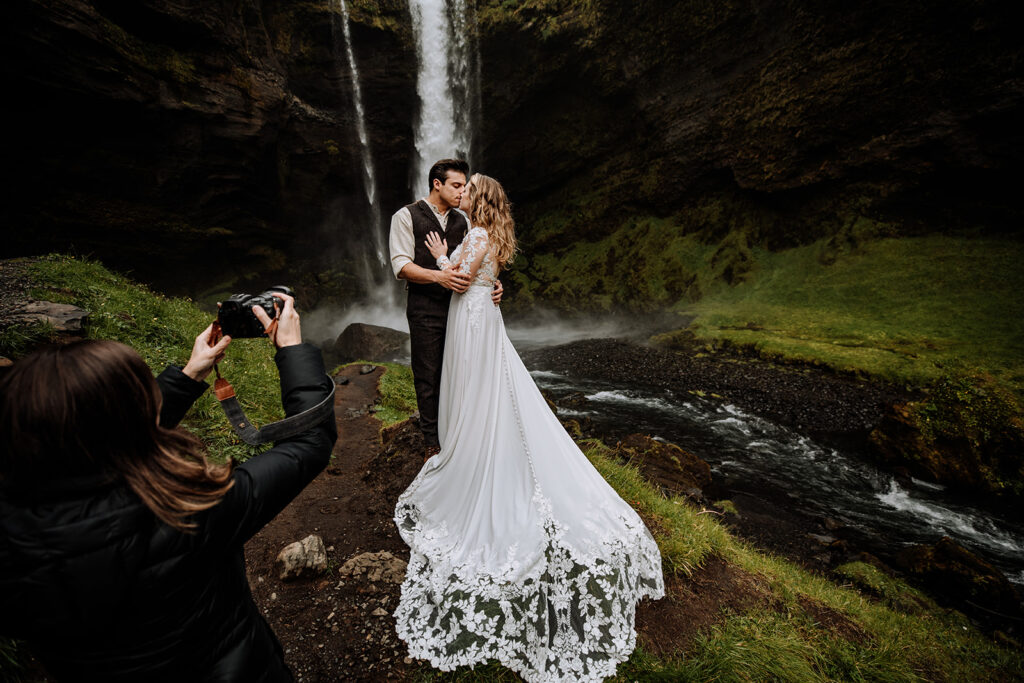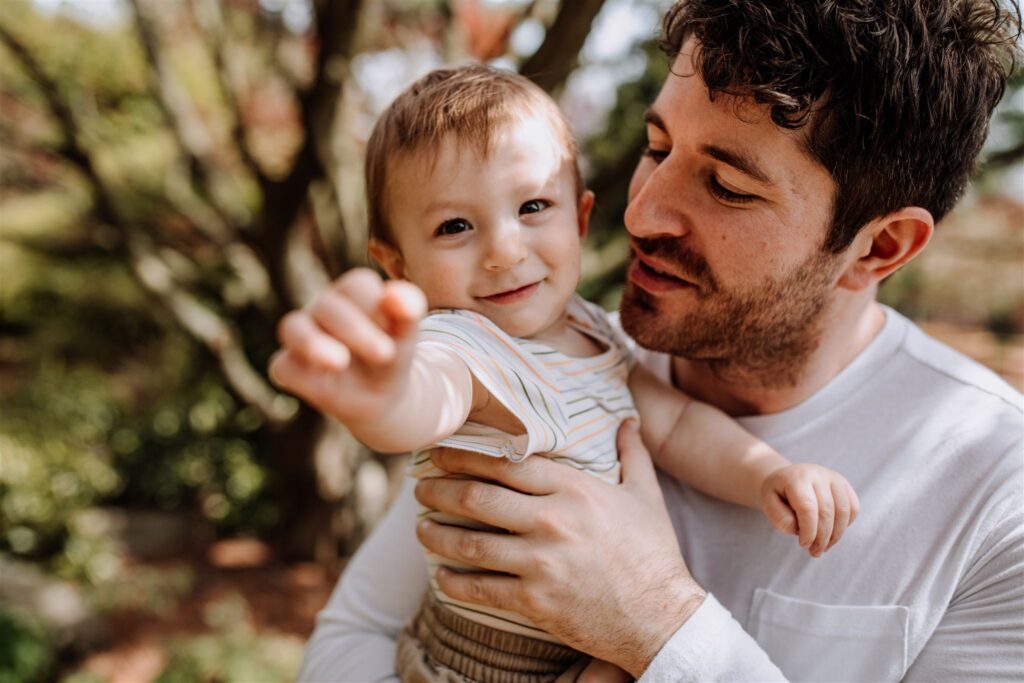We're a team of wedding, elopement and portrait photographers who put community over competition. We provide tips and resources for Photographers looking to up-level their businesses.
We're here to help When you join The Photography Business Academy
13 Photography Business Expense Categories You Need to Know
As a professional photographer, keeping your bookkeeping organized with help you ensure an easy time when tax season comes around. Your accountant will thank you for the organization, and you’ll be on your way to your tax refund (if you have one).
In this post, we’re going to break down 13 photography business expense categories that you should know about and provide examples of things you can deduct from your taxes in those categories. These are the most common business expense categories that will be used by photographers that also keep their books in alignment with IRS regulations.
1. Advertising & Marketing
Every photography business will invest money into advertising & marketing. This category is pretty broad in scope covering things such as:
- Paid ads on social media
- Website templates
- Website designer fees
- Brand designer fees
- Buying digital brand assets
2. Continuing Education
When businesses invest in education, like The Photography Business Academy, they are investing in the continued growth of their business. Whether you are a solo photographer, partnership (like a husband and wife photography business), or hiring an expanded team of photographers – you can benefit!
Education related expenses include things like…
- Buying online courses to grow your photography business or learn more about taking photos for your clients
- Attending workshops in real life to network and learn more about your industry
- Taking a college course on photography or business
3. Credit Card Fees
Unless your collecting money by check or cash, you’re going to end up paying transaction fees.
There are a number of transaction companies like Stripe and Paypal, and typically they will take between 1.5 – 3% of your sales as a fee for allowing you to run the transaction through their service. The lower end of this is for bank transfers and debit card processing, and the higher end typically applies to credit cards.
All of these fees are tax deductible.
If credit card fees are scary to you as a business owner, it’s a good idea to make sure you know your cost of doing business and that you build these costs into your photography service pricing.
4. Insurance
There are different types of insurance that you will be paying for as a photographer.
The first is business insurance. This is insurance that will protect your equipment, cover you in the event of a lawsuit, and provide protections for the places and people you work with.
Business insurance itself breaks down into different types including general liability insurance and professional liability insurance. We talk about these in more detail in the link above!
Another common type of insurance you’ll encounter (as a business owner and person in general) is health insurance. While health insurance covers you personally, when you purchase your healthcare plan through a state or federally run program (like healthcare.gov), you can write it off on your taxes.
5. Job Supplies
This tax category is very broad but includes anything that you would use to conduct business. This might include:
- Photography equipment like camera bodies, lenses, flashes, batteries, etc.
- Office supplies like notebooks, pens, post it notes, stamps, etc.
Basically – if you need to use it to provide your services, it’s covered.

6. Legal & Professional Services
If you find yourself hiring outside help to run and operate your photography business, the fees you pay to those companies are deductible.
Examples of companies you’d pay for legal and professional services:
- Lawyers
- Accountants
- Business Consultants
- Business Coaches
- Brand & Website Designers
This is an area where you want to be intentional with who you hire, but investing in your business can lead to making great strides and growth if done right!
To find even more of our recommendations, check out our Resources page – a space we regularly update with new content sharing products and services we love.
7. Meals & Entertainment
Did you know that you can write off meals purchased at a restaurant and entertainment expenses (like going to a concert or ball game)? It’s completely possible – assuming you are using your time out for business purposes like meeting with a client.
The IRS does have some particular rules about spending like this so that they’re not on the hook for funding wild spending, but in modest amounts – this is a great little perk to take advantage of.
8. Travel
One of the funnest deductible expenses for photographers is the travel category. This includes spending you do to get to jobs in far off places like the cost of flights, hotels, and more.
Do note…travel deductions do not include costs for gas or maintaining your car. While those are expendable (and would fall into a separate category “Car & Truck”), we don’t recommend them since the tracking requiring is pretty crazy (like keeping receipts every time you pump gas).
To take advantage of your regular commute, we recommend tracking your mileage using an app, and getting the tax deduction that way. As we discuss in that article, this is how we get around $7,000 in tax deductions every year.
9. Payroll Processing Fees
For photographers in business who have set themselves up on payroll, which is a requirement for S-Corps (a common business structure for more established photo businesses), the fees you pay to your payroll provider are tax deductible.
10. Rent & Lease
Do you rent a studio for portraits? This tax deduction category is for you.
Those high rent payments at least have the benefit of reducing your tax liability.
Knowing this, you can factor these rent payments into your business budget, and with doing some calculations can estimate how much you should be charging for services while also accounting for the tax benefits.
11. Repairs & Maintenance
Need to send your camera in to get fixed? The repair work is tax deductible.
In recent years, this has been especially valuable for owners of the Canon R6 camera – which has an ongoing hotshoe issue. Many photographers have needed to send theirs in for repairs. While some of these repairs are covered under warranty, you’ll have to pay if it’s not.
12. Taxes & Licenses
Paying your business taxes, like sales tax, is just a part of doing business. All of these taxes can be deducted from your gross earnings for the year so you have a lower tax liability.
Need help with taxes? Read our Taxes for Photographers Guide – a great starting point!
13. Cost of Goods Sold (COGS)
Cost of goods sold typically refers to the costs you have associated with products your client buys from you.
Some examples of COGS in our photography businesses:
- A client buys a wedding album from us. We need to pay the album manufacturer to produce the album, since we don’t do that ourselves. If we charge $1,000 for the album and it costs us $400 – the $400 is our COGS, and a tax write off.
- A client buys a wedding package from us. We outsource the photo editing and spend $50 to have the gallery edited. That $50 is our COGS, and a tax write off.

How do I know how to classify my business expenses?
One of the trickiest things for photographers, especially those with no experience with bookkeeping, is figuring out how exactly to classify their expenses.
In truth – most purchases you make can be easily classified based on common sense.
For example, if you buy an airplane ticket to go shoot a destination wedding in Europe, you should know that expense will be categorized under travel.
Some purchases may also work in multiple categories. For example, hiring a website designer to rework your site could be classified under advertising & marketing (since it’s a marketing expense), as well as under legal & professional services (since you are paying a professional to rework your website). Both are reasonable choices.
While there are some rules and stipulations when it comes to how to categorize expenses, such as expense limits based on certain categories, when you work with a tax professional (like a certified public accountant), they will be able to help you select the best categories and modify your books as needed.
As photographers in business, we do find that our businesses tend to be very simple due to low overhead costs. You will rarely come close to the limits places on some expense categories, and making adjustments is simple as you are really only buying things on occasion that are out of the norm.
Conclusion
For more information, check out 23 Best Tax Deductible Expenses for Photographers. In this post, we go into crazy detail about all the tax deductions you can take advantage of in your photo business.
If you are wanting more help with managing your businesses finances, our Financial Management for Photographers Course is an excellent source – where we go in depth breaking down things from budgeting and cost of doing business to establishing good pricing and even showing you how you can rise above and save for important things like retirement, home downpayment, and other fun things like travel!

Honesty is a cornerstone of Shoot and Thrive, so we want you to know that some links in this post are affiliate links. This means we may earn a commission if you make a purchase—at no additional cost to you. We only recommend products and services we trust, have used ourselves, or have thoroughly researched based on industry feedback. Our goal is to provide solutions that genuinely help, whether they come from our direct experience or the collective knowledge of the photography community.
As photography business educators, we believe it's important for educators in this industry to be active photographers themselves. The images used throughout this website were taken through our photo studios - Hand and Arrow Photography and Marshall Scott Photography, except for stock images or if otherwise noted.
Turn Your Passion into a Thriving Business
Transform your photography business into a streamlined, profitable venture that gives you more time, freedom, and confidence.
With the Photography Business Academy, you’ll have a step-by-step guide to building the business—and life—you’ve always dreamed of. From branding to marketing, finances to client experience, we’ve got you covered.
Navigation
Shoot and Thrive is an ethically created resource for photographers needing mentorship, coaching, or business education. We believe in creating content that’s easy to digest and retain while incorporating educational best practices, so you gain clarity and confidence as a business owner.